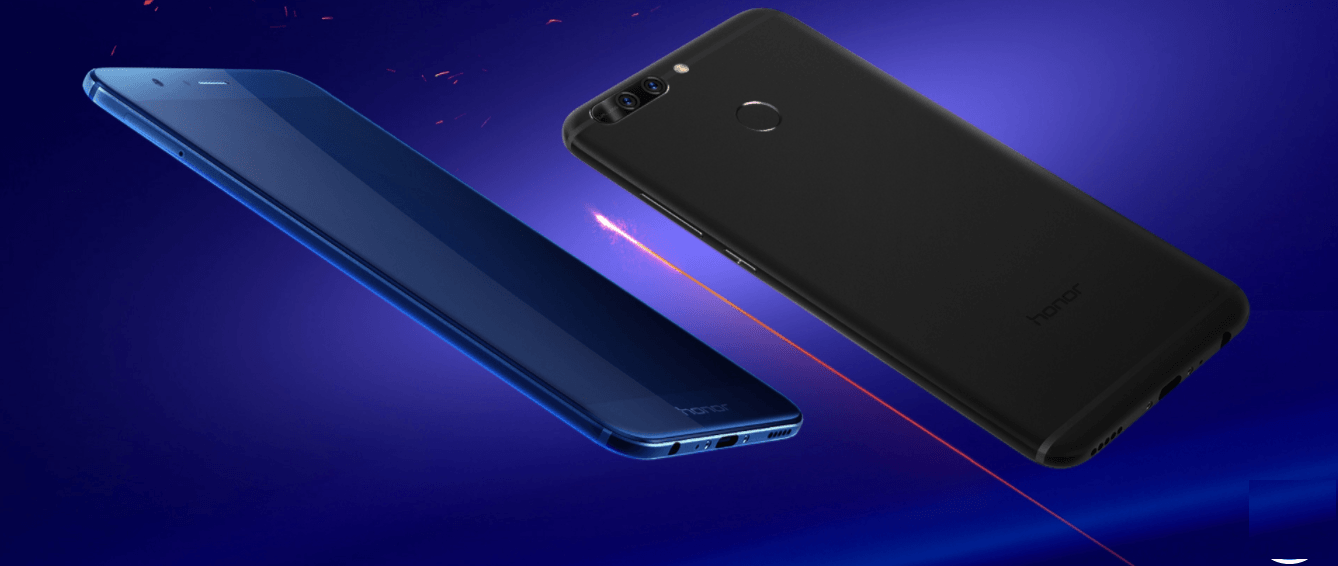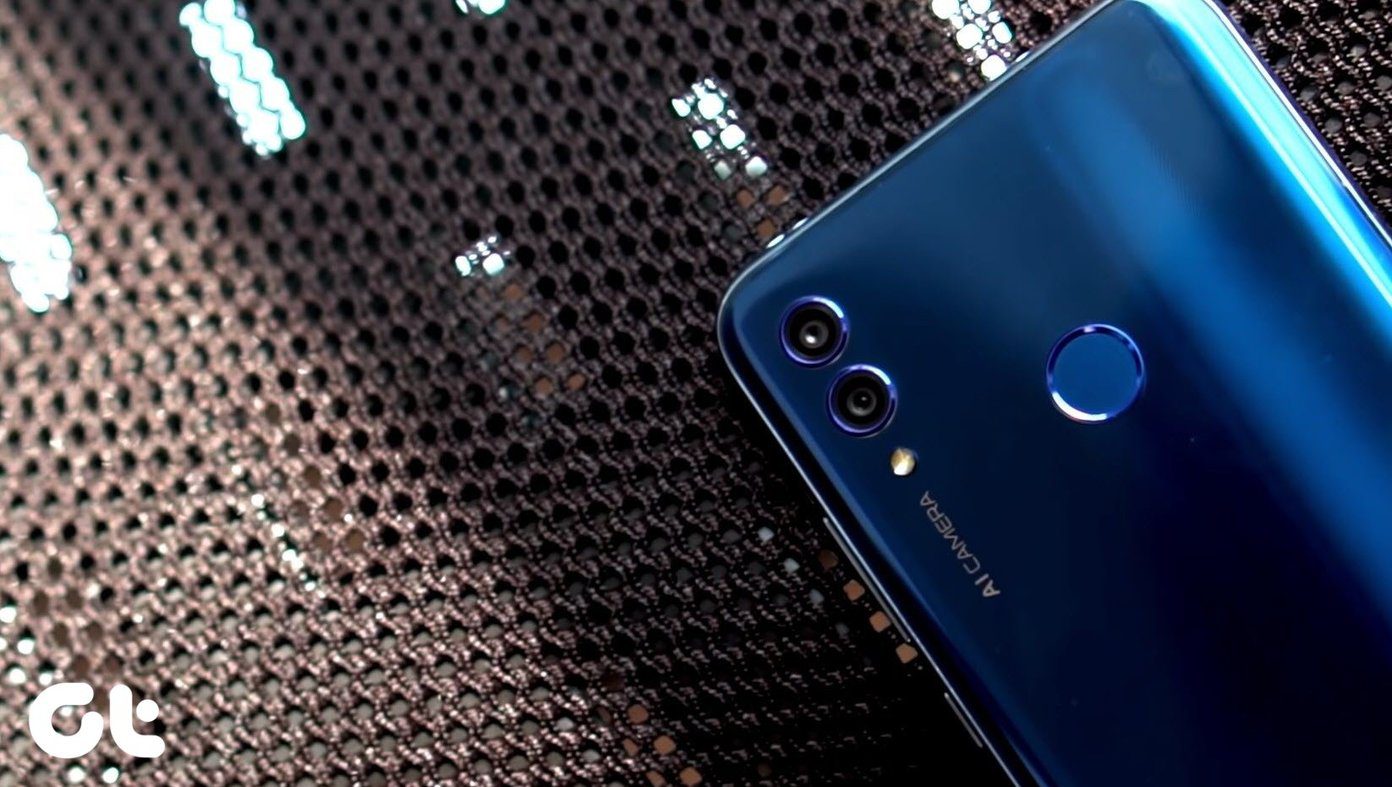While moving to a new device, the top priority for almost everyone is backing up and restoring contacts and messages. It should appear when a user signs in to a new device. Android offers multiple ways to backup and export contacts. In this post, I will guide you through the easy ways to do that. Major Android-based phone makers like Samsung and Xiaomi offer native cloud solution to backup data, but I won’t advise you to opt for that. It only works among their devices, and you won’t be able to access the backup data on the other OEM’s device. The methods mentioned below are quite useful to backup contacts work on all the Android devices. I have covered both online and offline ways to do the task. I will also include some third-party alternatives if you don’t want to go through Google’s way. Let’s get started.
Google Sync and Backup
By default, Google offers the ability to sync the contacts to your Gmail ID. It’s accessible on Gmail Web, Calendar, and the major Google services. It’s switched on by default. To perform manually, you can go to Settings > About Phone > Google Account > Account Sync > and Switch on Contacts tab. You can check the data in Google Drive app to make sure that you have taken a backup of all the important information. Navigate through this path: Google Drive > tap on hamburger menu > Backup > Device Backup > App data > and you will find Contacts data in it. Download Google Contacts for Android You can also download all the contacts with relevant data using the default Export option in the Google Contacts app. Open Google Contacts app, go to Settings, and choose the Export option. The app will generate a .vcf file on the device for offline access. You can keep it safe somewhere and open it on a new phone to restore the contacts.
Using Third-Party Alternatives
It’s quite possible that you haven’t invested in a password manager and can’t recollect your Google password. That happens with my dad often. And I prefer using something more than Google’s usual way to take a backup of contacts on his phone. If you are a privacy-focused person and don’t want to rely on Google services blindly, then you might be looking for an option. In either case, these are some reliable options that you can check out.
1. Super Backup
Super Backup is a neat ultimate backup tool for Android. First, you need to download the app from the Play Store. It can let you take a backup of apps data, SMS data, Contacts, Call logs, Calendar, and more. Tap on the Contacts menu and select from the multiple options. Use Backup Contacts with phone numbers, and the app will generate a .vcf file containing all the contacts and give a couple of options to send it. You can always upload the file to Google Drive, or send it to others using the default share menu. The app also offers you to make schedule backup periodically. Go to Settings > Schedule Settings > Regular Contacts Backup > and choose the default options. You can also use the auto-upload settings to automatically upload the backed-up file to Google Drive or any Email. Use the Delete after upload option to auto-delete the file after the process. I set it to every three days. So the app will take a backup the contacts every three days and send the file to the Google Drive. Only after that it will delete the contacts backup file from the device. Download Super Backup for Android
2. Easy Backup
Easy Backup is more of a Contact Manager to manage contacts on the go. The app will ask you to make an account first. The default Backup option will generate a VCF file and give an option to send it to others. The contacts tab will show all contacts, duplicates contacts, similar contacts names, and contacts with no number. You can remove the unnecessary ones and merge the duplicate contacts directly from the app. My Backups section will show the all offline backed-up contacts from the past. Unlike the Super Backup, Easy Backup won’t let you auto-generate backup file. It’s something I would like to see in the future version. You can change the app themes from the settings menu. The best part is, both the Super Backup and Easy Backup are free to use the basic functions. Download Easy Backup for Android
Worry-Free Contact Management
Use any of the ways mentioned above and transferring your contacts will be a smoother process. You can always use Google Drive sync to move data from one device to the other or you can opt for offline ways to generate backup files and send them to others. Gone are the days when many used Titanium backup to take a copy of the entire phone’s data, including apps and settings. It’s kind of pointless, especially if you are moving to a phone by a different maker and the version. Next up: Do you know one can send multiple contacts to others on Android. Read the post below to see how to perform the action. The above article may contain affiliate links which help support Guiding Tech. However, it does not affect our editorial integrity. The content remains unbiased and authentic.
















